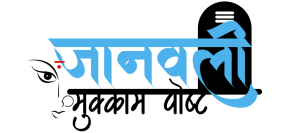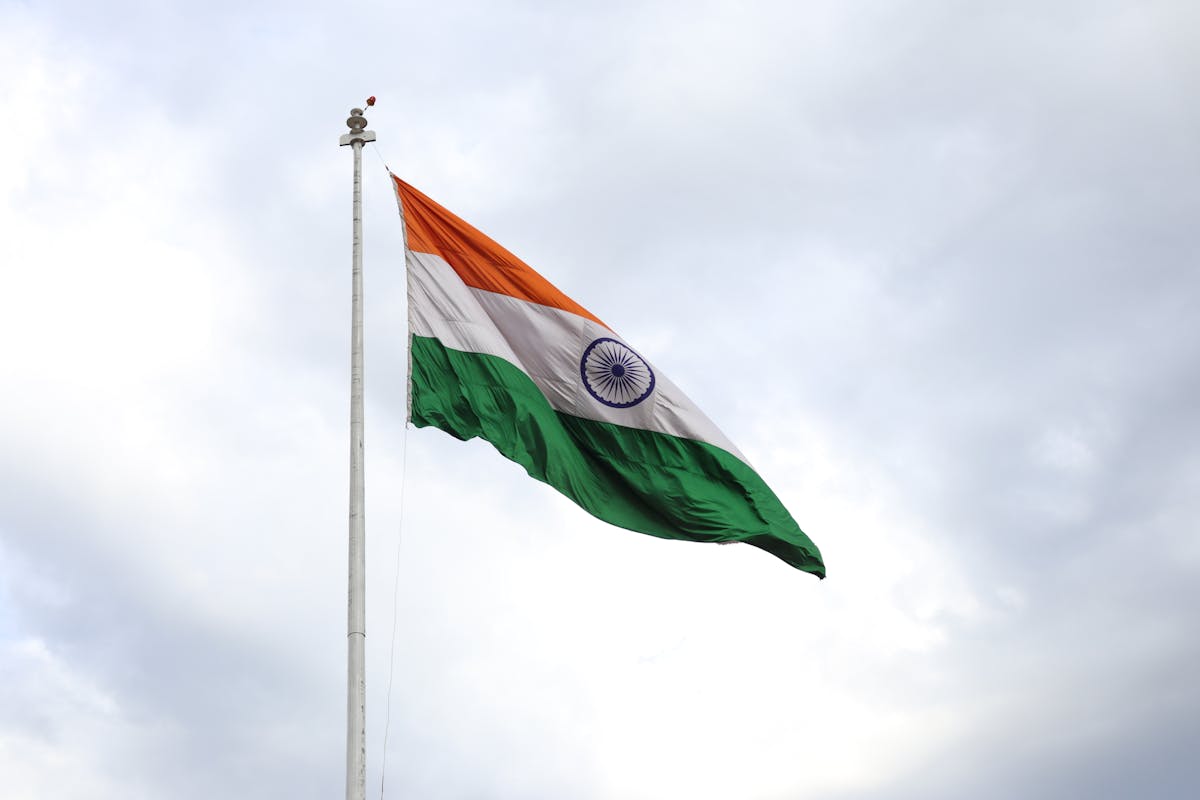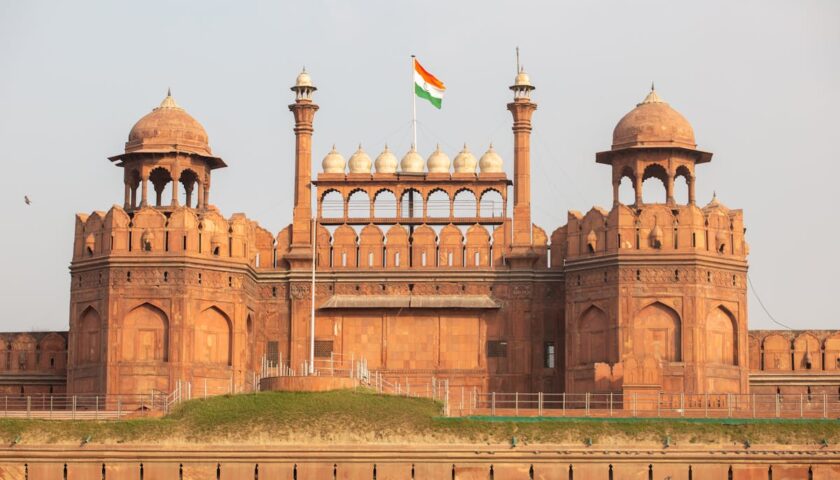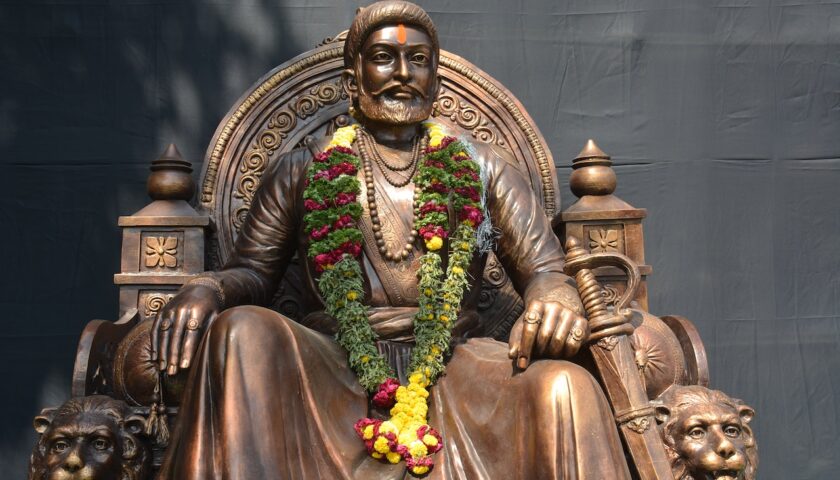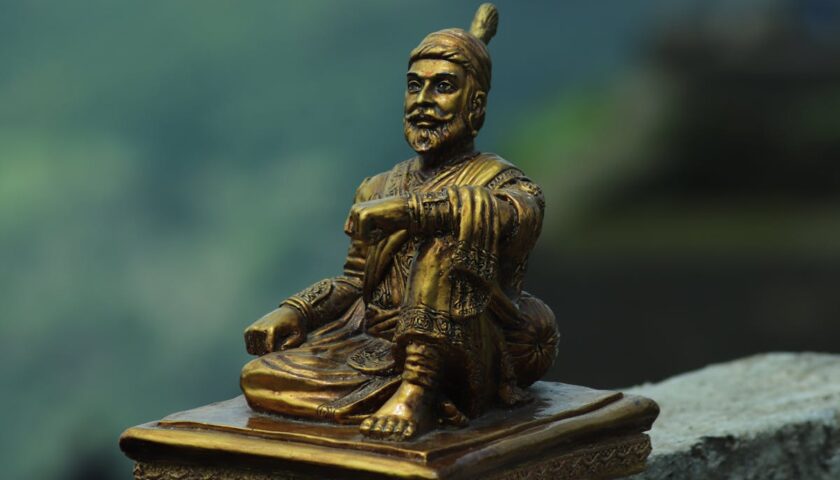India’s Independence Day, celebrated annually on 15th August, marks a pivotal moment in the nation’s history. On this day in 1947, India gained freedom from British rule after nearly 200 years of colonial oppression. This day is not just a commemoration of the past but a celebration of India’s rich cultural heritage, diverse traditions, and the enduring spirit of its people.
Historical Background
The struggle for independence was a long and arduous journey that spanned decades, involving countless sacrifices by brave men and women. The British East India Company began its dominance in India in the mid-18th century, eventually leading to full British control. The exploitation of India’s resources, combined with repressive policies, sparked widespread discontent among the Indian population.
Leaders like Mahatma Gandhi, Jawaharlal Nehru, Subhas Chandra Bose, and Sardar Vallabhbhai Patel played crucial roles in mobilizing the masses against British rule. Through various movements such as the Non-Cooperation Movement, Civil Disobedience Movement, and the Quit India Movement, Indians united in their quest for freedom. Finally, after years of persistent efforts and negotiation, India was granted independence on 15th August 1947.
Significance of Independence Day
Independence Day is not just a national holiday but a day of immense pride and joy for every Indian. It represents the triumph of non-violence, unity, and the collective will of the people. The day is marked by various activities and events that evoke patriotism and honor the freedom fighters who laid down their lives for the country.
Flag Hoisting and Celebrations
The most iconic moment of Independence Day is the flag hoisting ceremony. The Prime Minister of India hoists the national flag at the historic Red Fort in Delhi, followed by a speech addressing the nation. This speech highlights the achievements of the past year, the government’s plans for the future, and pays tribute to the freedom fighters. The event is broadcasted live on national television, allowing millions of Indians to partake in the celebrations.
Across the country, people hoist the tricolor flag in schools, colleges, government buildings, and homes. Cultural programs featuring patriotic songs, dances, and skits are organized to celebrate the occasion. Parades, featuring the armed forces, are held in various cities, showcasing India’s military might and progress.
Patriotic Fervor
Independence Day is a time when the spirit of patriotism is at its peak. Citizens adorn their homes with flags, and the streets are filled with the colors of the Indian flag – saffron, white, and green. People sing national songs like “Vande Mataram” and “Jana Gana Mana” with pride, and there is a renewed sense of unity among the people.
A Day of Reflection and Responsibility
While Independence Day is a time for celebration, it is also a day for reflection. It reminds us of the sacrifices made by our ancestors to secure the freedom we enjoy today. It is a time to reaffirm our commitment to the nation’s progress and uphold the values of democracy, justice, and equality.
As India continues to grow and develop, Independence Day serves as a reminder that the freedom we cherish must be protected and nurtured. The challenges of the present day, such as poverty, inequality, and corruption, require the same determination and unity that won India its independence.
Conclusion
The 15th of August is more than just a date on the calendar; it is a symbol of India’s resilience, diversity, and strength. As the nation celebrates its Independence Day, it is an opportunity to honor the past, celebrate the present, and look forward to a future filled with hope and promise.
Every Indian, whether at home or abroad, feels a deep connection to their roots on this day. The tricolor flag, fluttering in the wind, is a reminder of the hard-won freedom and the responsibility that comes with it. As we celebrate this Independence Day, let us pledge to work together to build a stronger, more inclusive, and prosperous India for future generations.
India’s struggle for independence involved countless freedom fighters, many of whom made significant contributions to the nation’s liberation. Here is a list of prominent Indian freedom fighters:
Early Freedom Fighters
1. Raja Rammohan Roy
2. Tatya Tope
3. Mangal Pandey
4. Bal Gangadhar Tilak
5. Lala Lajpat Rai
6. Bipin Chandra Pal
7. Subramania Bharati
8. Veer Savarkar
9. Gopal Krishna Gokhale
10. Dadabhai Naoroji
11. Bhikaiji Cama
12. Sister Nivedita
13. Annie Besant
14. Chittaranjan Das
15. Motilal Nehru
Key Leaders of the Independence Movement
1. Mahatma Gandhi
2. Jawaharlal Nehru
3. Sardar Vallabhbhai Patel
4. Subhas Chandra Bose
5. Dr. B.R. Ambedkar
6. Maulana Abul Kalam Azad
7. Sarojini Naidu
8. Kasturba Gandhi
9. Khan Abdul Ghaffar Khan
10. C. Rajagopalachari
11. Jayaprakash Narayan
12. Liaquat Ali Khan
Revolutionaries and Martyrs
1. Bhagat Singh
2. Rajguru
3. Sukhdev
4. Chandrasekhar Azad
5. Ashfaqulla Khan
6. Ram Prasad Bismil
7. Batukeshwar Dutt
8. Khudiram Bose
9. Jatin Das
10. Madam Cama
11. Udham Singh
12. Durgawati Devi
13. Sukhdev Thapar
14. Surya Sen (Masterda)
15. Tirupur Kumaran
Female Freedom Fighters
1. Rani Lakshmibai
2. Begum Hazrat Mahal
3. Aruna Asaf Ali
4. Kamala Nehru
5. Sucheta Kriplani
6. Durga Bhabhi
7. Madam Bhikaji Cama
8. Vijaya Lakshmi Pandit
9. Usha Mehta
10. Kalpana Dutta
11. Captain Lakshmi Sahgal
12. Sarala Devi Chaudhurani
13. Tara Rani Srivastava
14. Moolmati
15. Parbati Giri
Regional Freedom Fighters
1. Alluri Sitarama Raju (Andhra Pradesh)
2. Tanguturi Prakasam Pantulu (Andhra Pradesh)
3. Kittur Chennamma (Karnataka)
4. Siddaramaiah (Karnataka)
5. K. Kelappan (Kerala)
6. Velu Nachiyar (Tamil Nadu)
7. V.O. Chidambaram Pillai (Tamil Nadu)
8. Veerapandiya Kattabomman (Tamil Nadu)
9. Rani Gaidinliu (Nagaland)
10. Matangini Hazra (West Bengal)
11. Bagha Jatin (West Bengal)
12. Potti Sreeramulu (Andhra Pradesh)
13. Pingali Venkayya (Andhra Pradesh)
14. Bhogeshwari Phukanani (Assam)
15. Birsa Munda (Jharkhand)
Others
1. Lokmanya Tilak
2. Vithalbhai Patel
3. Rajendra Prasad
4. J.B. Kripalani
5. Satyendra Nath Bose
6. Dinesh Gupta
7. Binoy Basu
8. Badal Gupta
9. Prafulla Chaki
10. Rash Behari Bose
11. Satyendranath Tagore
This list is by no means exhaustive, as many more freedom fighters contributed to India’s independence in various ways, and some of their names may not be widely recognized but are no less significant. Tribute to all these freedom fighters..Bharat Mata Ki Jai Vande Mataram…
